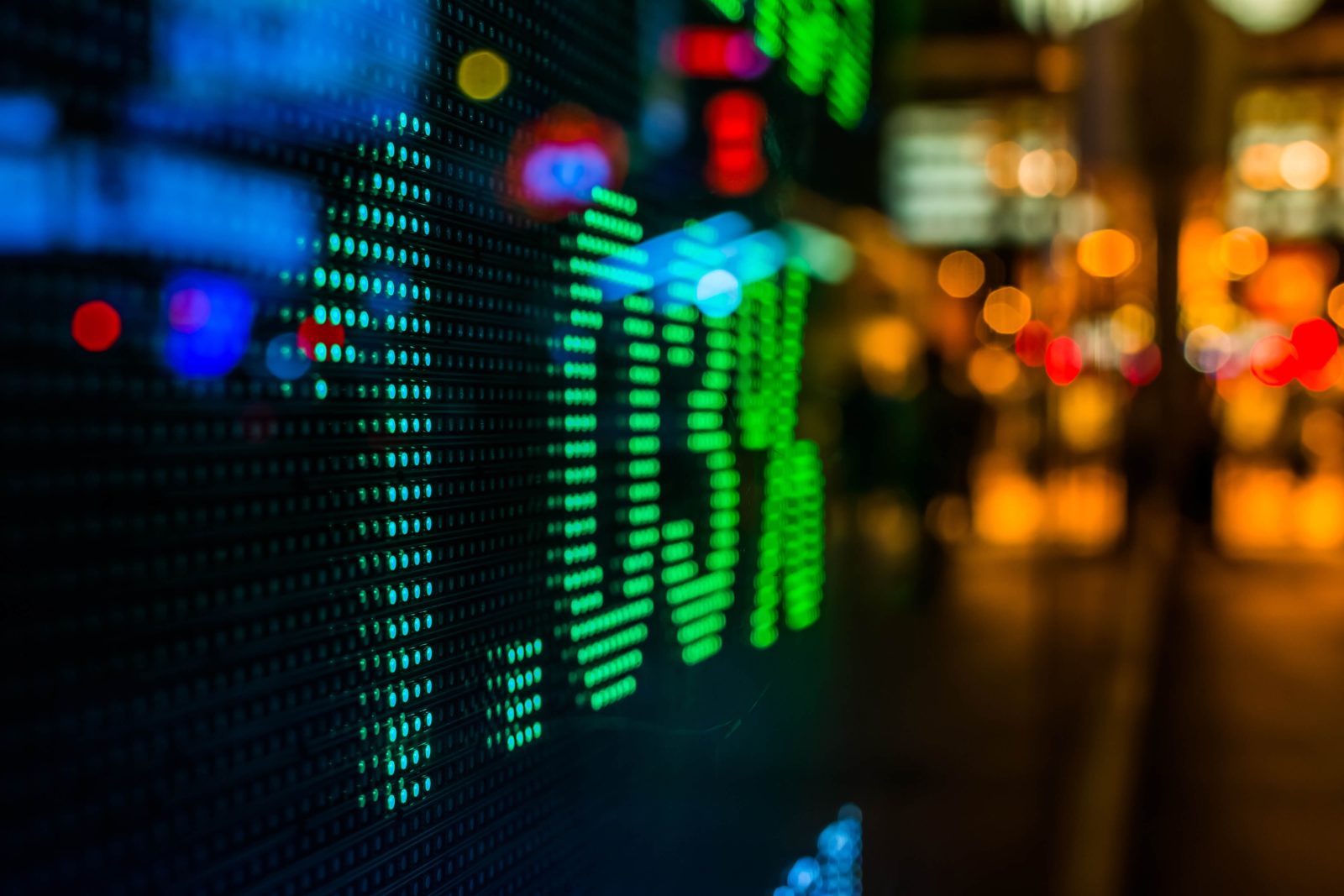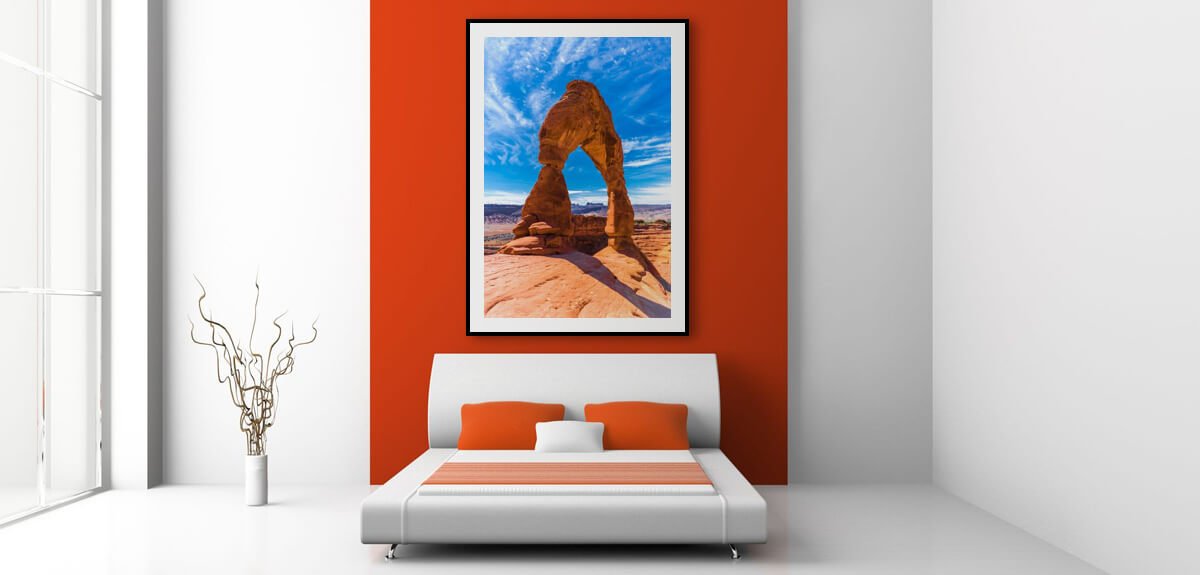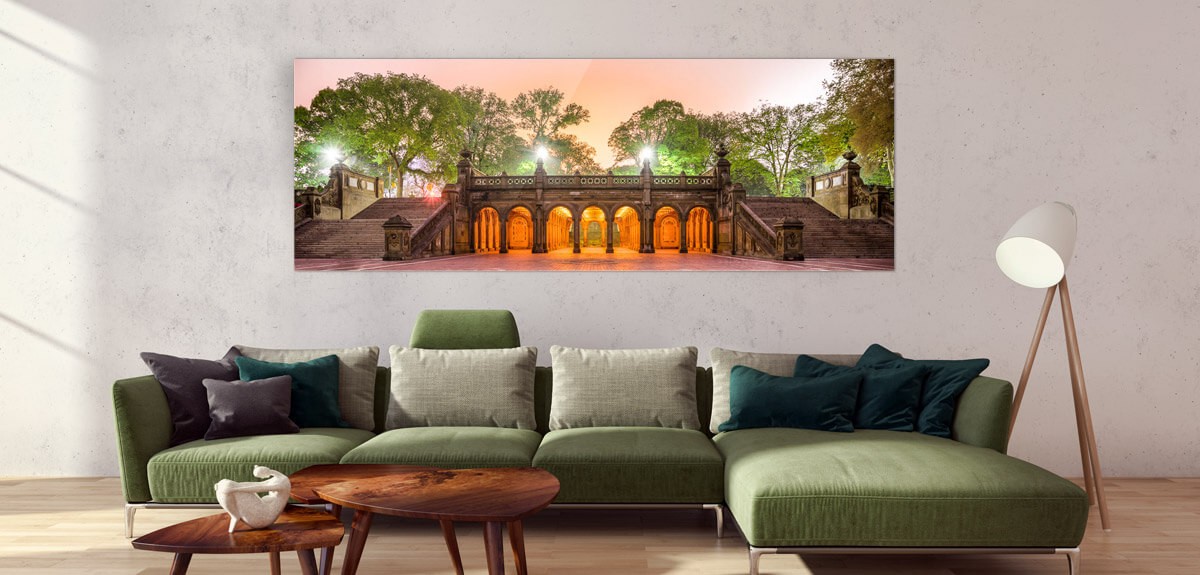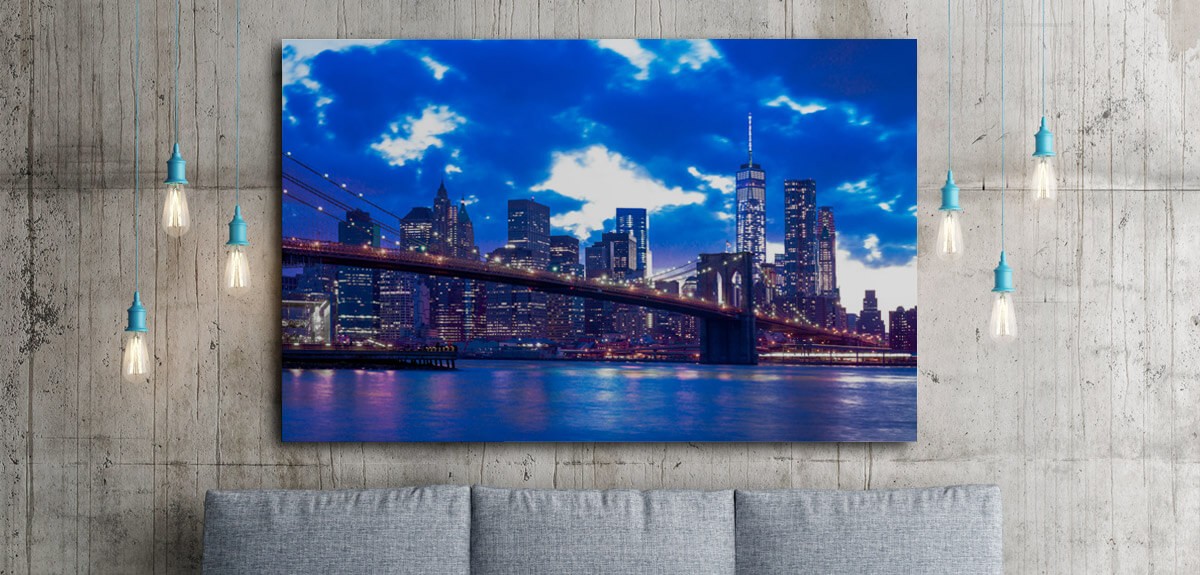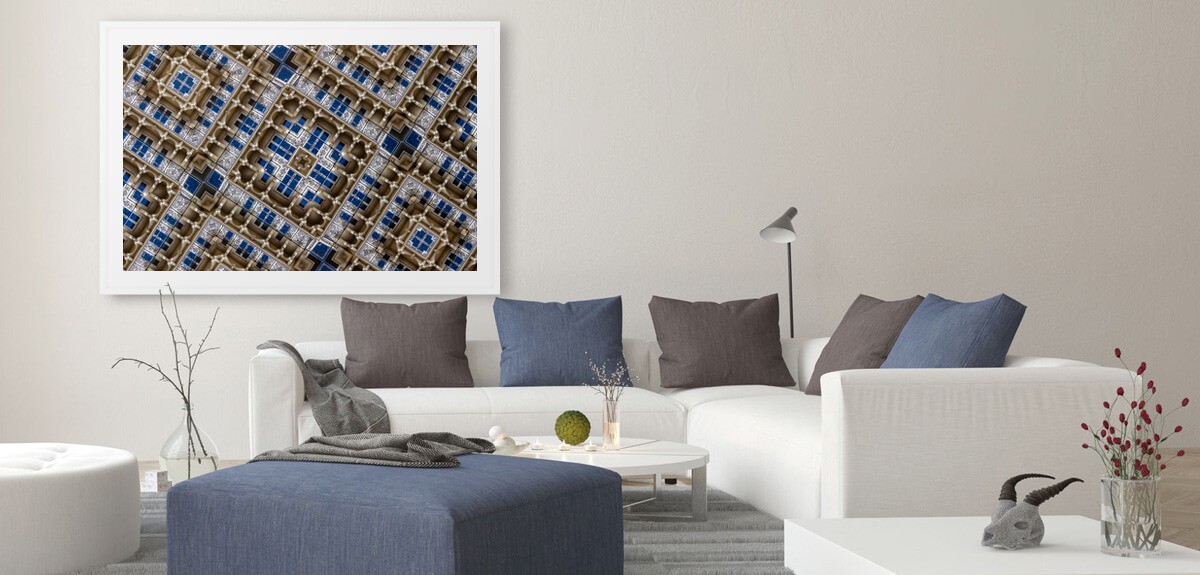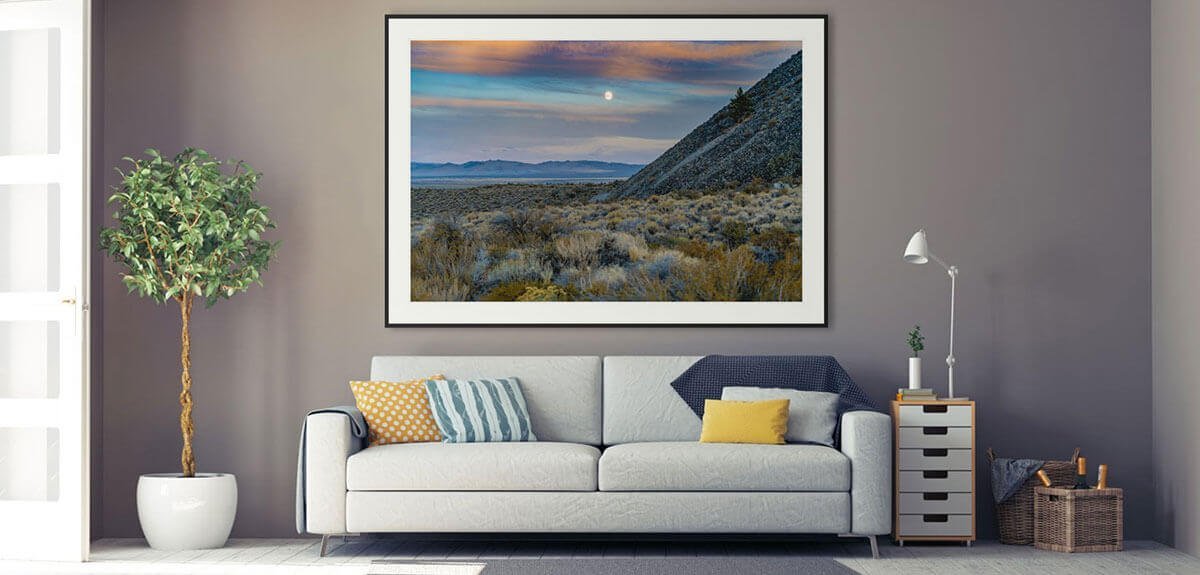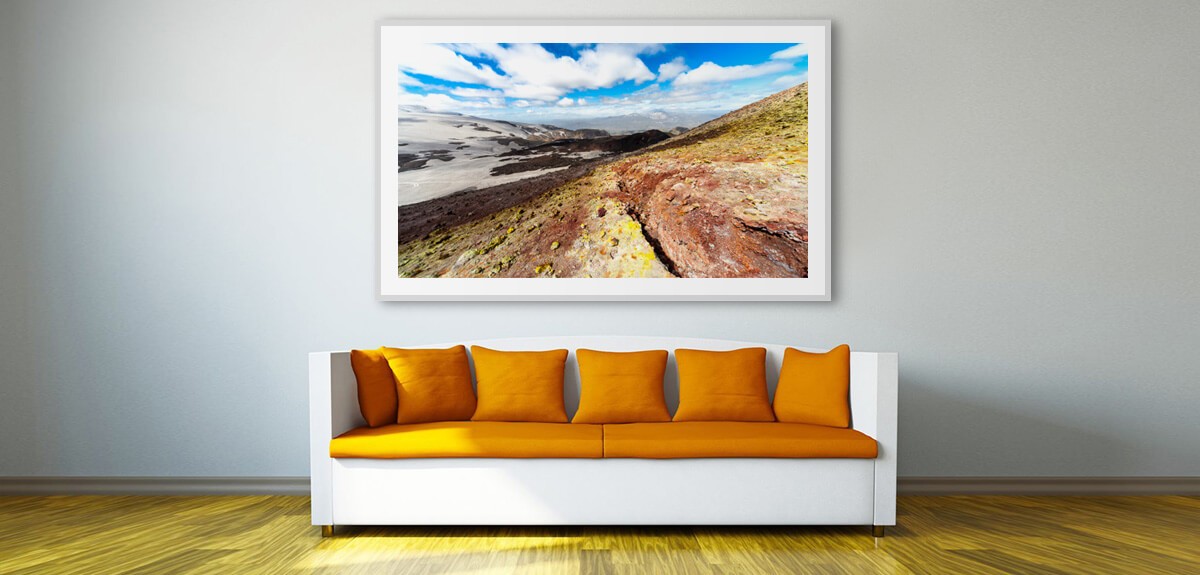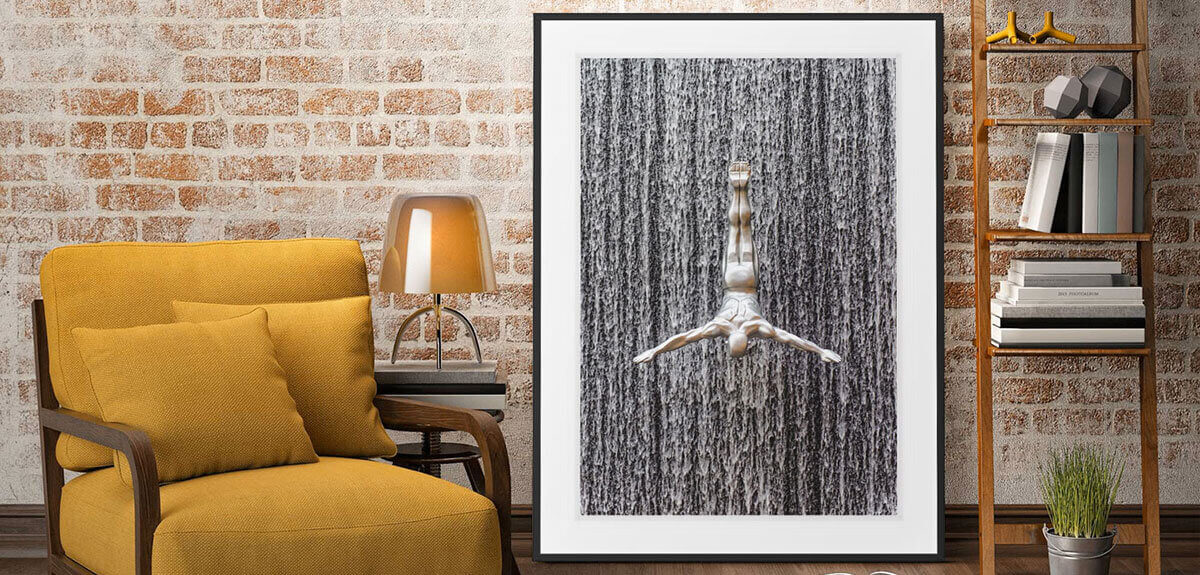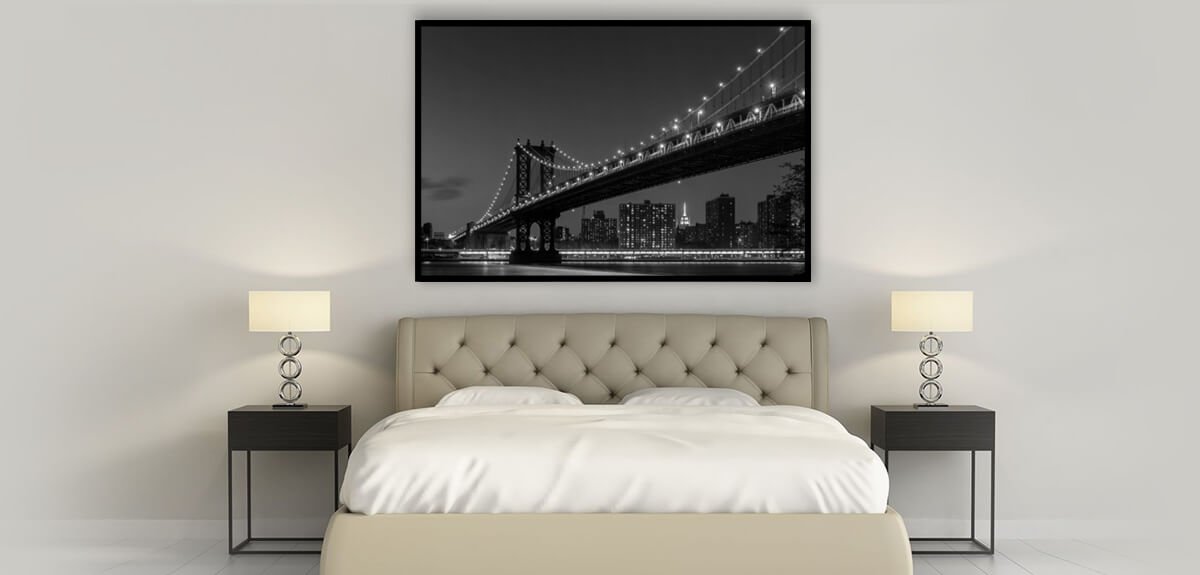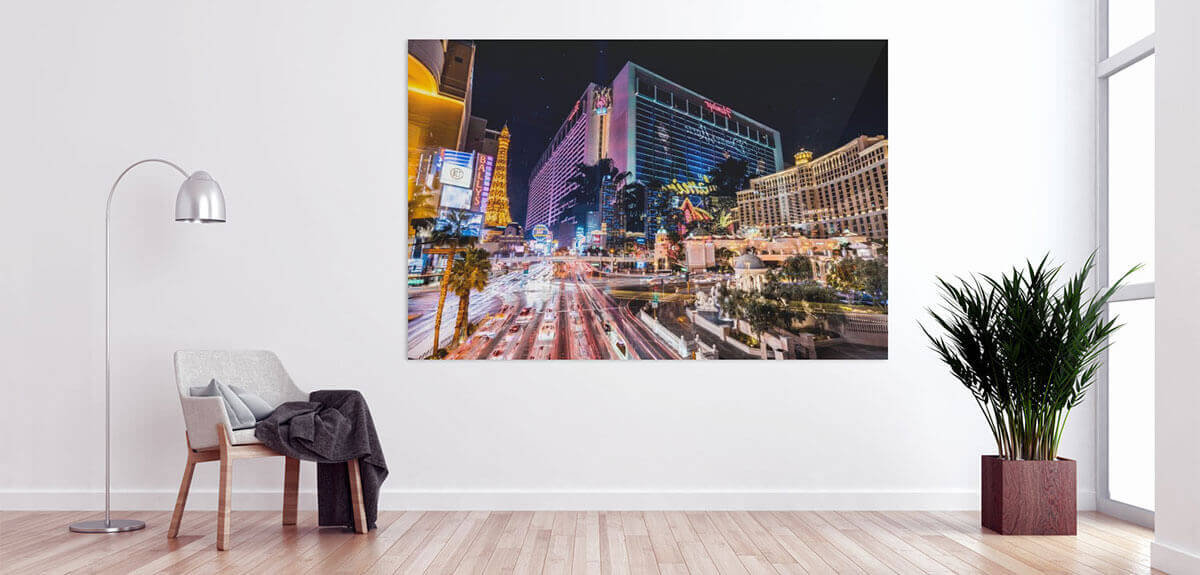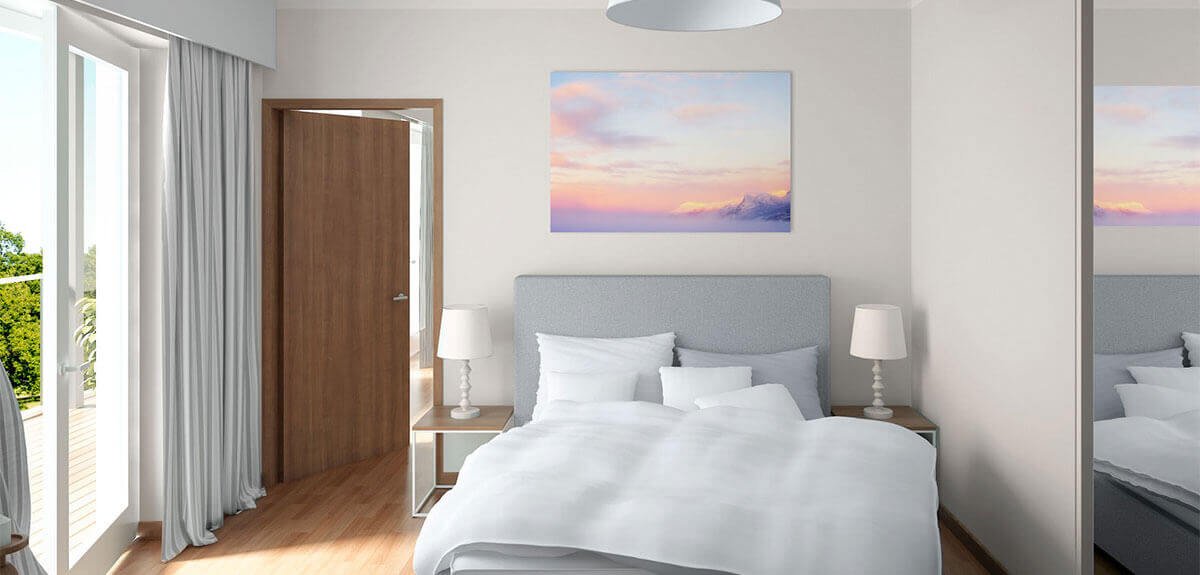Who hasn’t heard of these people: Andreas Gursky, Peter Lik, Robert Rotella – the recognised photographic artists who have been creating a worldwide sensation with highly-priced photographic art for some time?
Of course, there are differing opinions about the issue of when a photograph should be considered photographic art, how its current and future value is determined, whether the value photographic artwork could reach five or six figures, or how and when its value increases.
Ambitious collectors or fans of photographic art have surrendered to these questions themselves. Below, we would like to give you some important tips and advice for art enthusiasts on individually estimating and analysing photographic artwork.
The physical value of photographs
When estimating material value, the photographic handicraft should be observed initially.
When the earlier, older experts observed quality photography, not only did they quickly establish that the photographers were excellent craftsmen with a unique eye for design, the right light, the perfect moment for lighting and the surroundings; they also saw that these pictures had been perfectly developed in the photographic laboratory. Their manual processing does not just consist of the developing of the picture, but also any subsequent finishing in every respect.
And it is just the same today: The “old” master photographers worked with film as well as small and large format cameras, creating breath-taking works of art. Today another dimension is present – digital imagery and the new digital opportunities. Photographic artists need not only the right eye for design, surroundings and light, but they must also be experts in developing the photo digitally and optimising or interpreting it, with the result that their works are extraordinarily unique and reflect their artistic sophistication.
Independent of whether a digital work results in a black and white picture with a high or low contrast, a photograph in pastel colours with many intermediary tones or a strong/glary over-sharpened design, the artisanal, flawlessly and artistically sophisticated picture experience is an important criteria for assessing a picture’s current and future value.
The material value of a piece of photographic art should also be orientated towards the overall manufacturing cost.
It begins with the working and travelling time of the photographer and their team and extends to the professional creation of the design/design series/series design, including the required high-end technology and equipment, the selection and the previously mentioned artistically sophisticated processing of the photographic design.
This often significant amount of time/expenditure should be included in the design series on offer. Therefore, the following rule applies: The smaller the output, the more cost-intensive the photography and the higher the probability of future value increase. For this reason, so-called “stock photos” are sold for a few euros, as they are unlimited and no value increase can be expected because there are endless copies.
Furthermore, the material value of the photograph is determined according to the quality of the physical production up to the administration and organisation of its marketing, the ordering channels and the smooth delivery of the artwork to the purchaser, including accessories or additional services.
Finally, with every piece of artwork sold, the state receives a flat-rate social contribution from the artist and VAT, which are added to the purchasing price.
The total of all work stages, the production costs and especially the careful selection of the best production materials, the immaterial value, including its unique nature/limitation and any other expenses in the form of contributions and taxes, determine the potential for value increase.
Criteria for purchasing photography
The immaterial value of a photograph is generally measured by the name of the photographic artist or the respective artist brand and the copyright laws applicable to the purchased artwork.
The value analysis from the point of view of the art market is often very laborious and controversial. Aside from the few, equally controversial opinion leaders in the art scene, otherwise known as curators, who carry out exchanges within their networks and encourage young emerging artists to promote, establish and profitably sell this artwork on the market, every art enthusiast should think about:
- what their personal goal is when purchasing or investing in photographic art,
- whether the photograph is renowned by exhibitions and distinctions from national and international juries, etc.,
- what price determination and pricing was carried out at public auctions, exhibitions or by private purchases by museums and collectors.
The best example for this would be the returns sought in purchases from named photographic artists. This will undoubtedly be indicative of the collector or market value. Pictures by Andreas Gursky are constantly sold at high prices and the exorbitantly high prices of works by Peter Lick can be seen by everybody in his galleries, which are spread out all across the USA.
In conclusion, it can be stated that an investment in photographic art is an excellent investment, as long as you like the picture on your wall, the price/quality ratio is evident and, of course, the use and care advice for value preservation is followed.
If you keep the photograph for many years and do not want or have to sell it quickly, you will enjoy it for a long time. Always remember that a piece of photographic artwork consists of a design, a processing that should be carried out to absolute perfection, the right frame or finishing for you and a certificate to prove its origin and limited edition.
From our experience, we can equip photographic art enthusiasts with the following advice:
- Only purchase art that brings you personal joy and ask yourself the critical question of whether this will be the case in the future. Otherwise, it will disappear into an archive, which would be a crying shame.
- Never invest more than an amount you find appropriate or ask yourself whether the price for the photograph and the service provided meets your value expectations.
- Ensure that the artwork you buy has a traceable origin or can be traced back to its artist. Tip: With Inside-Gallery you will receive a separate certificate, signed by the artist, together with your ordered and individually processed photograph.
- Ensure that the price of the picture adequately reflects the standard to which it has been developed/produced so that it brings you many years of joy when viewing it. This is possible by looking at different certificates from the manufacturers or paper suppliers.
- Never buy photographic artwork you would not hang up in your own home based solely on recommendations from art dealers or friends.
Should the fulfilment one of these criteria seem dubious, it is better to avoid making a purchase or discuss it with a relevant expert or an art advisor at Inside-Gallery. If you have any further questions, please contact us.
Inside-Gallery – timeless and exclusive photographic art in large format,
for the highest standards and permanent value.


